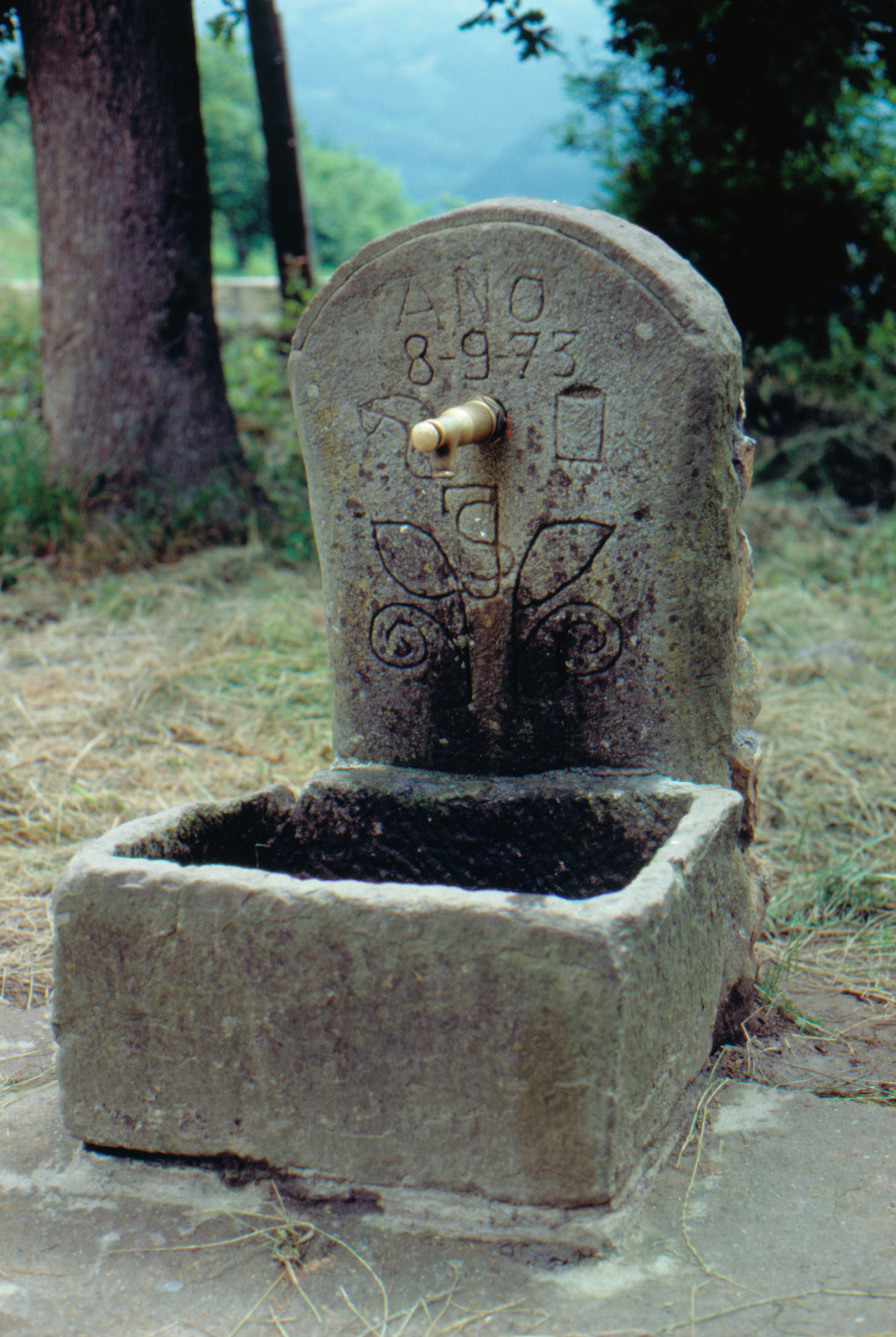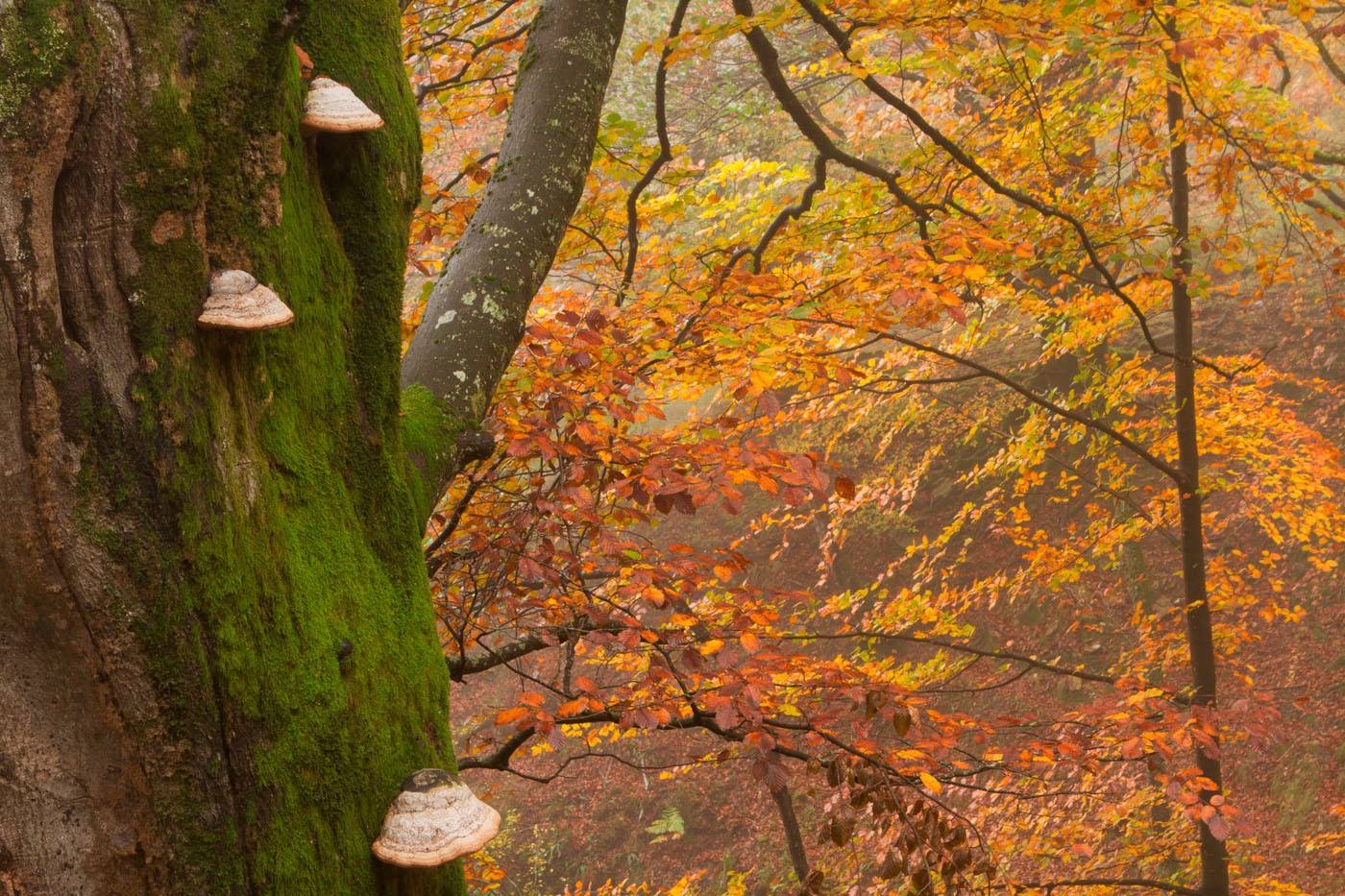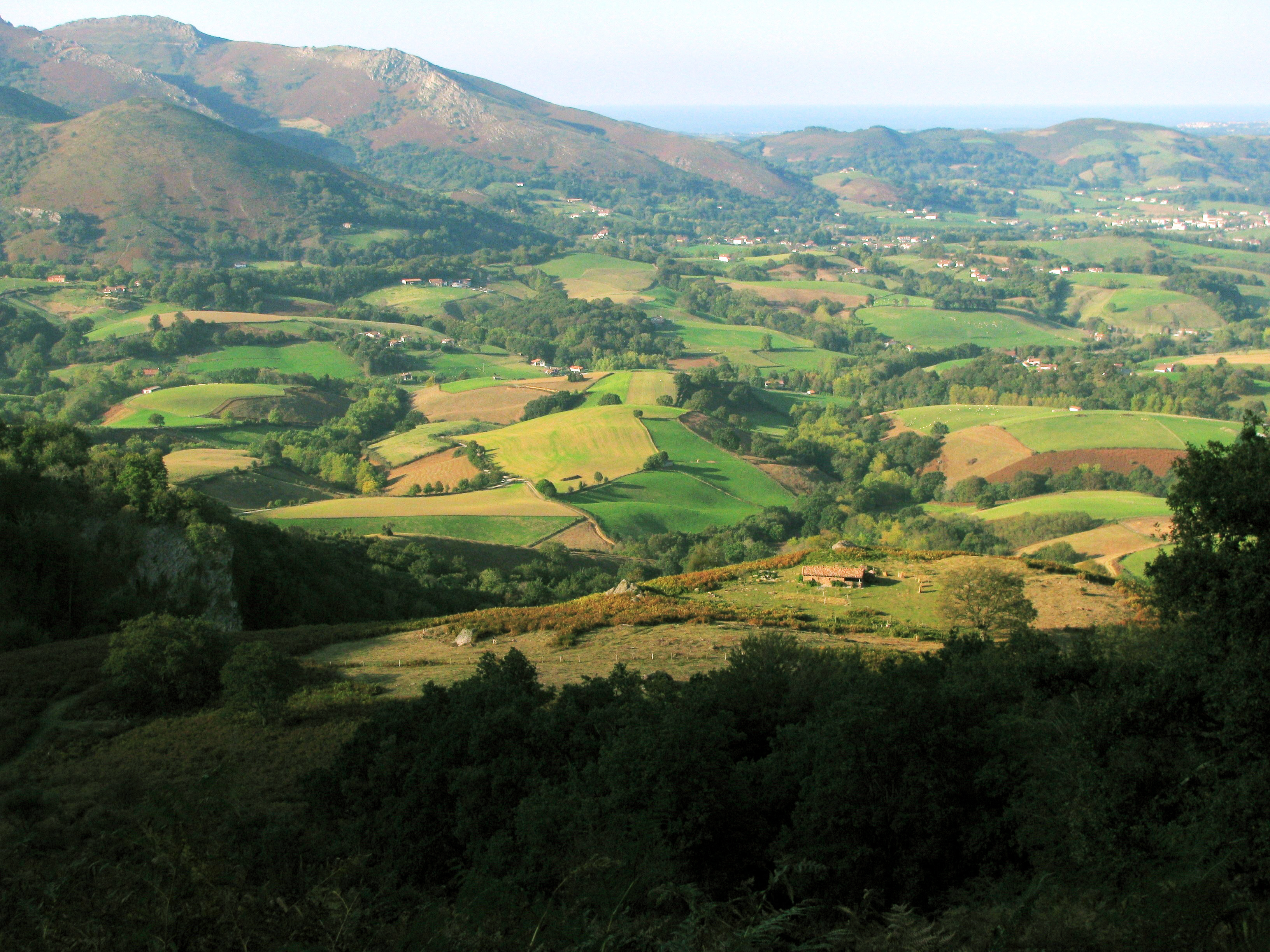Basque ethnography at a glance

Fountain next to St John’s hermitage in Garai (Bizkaia), seat of the brotherhood of Momoitio. José Ignacio García Muñoz. Labayru Fundazioa Photographic Archive.
Many of the popular beliefs and rites surrounding St John’s Day (Doniane, in Basque) on 24 June are reminiscent of ancient summer solstice celebrations and cults.
Above and beyond the traditional bonfires still lit at dusk on the eve, back in the days when society lived in closer contact with nature, other elements of our environment acquired on the day a new healthy vigour. So it was with the water from sources and rivers, the morning dew, the trees, the grasses and the flowers. (more…)
Today the ritual of the new water and fire at Easter is not celebrated with the same fervour as before. The long-standing tradition of the blessing of the new water and fire was indeed a heartfelt paschal event in the 1940s. The new water is consecrated prior to the Easter vigil service and kept in the holy water font located at the entrance of the church. Likewise, a new candle is lit and the new fire blessed at the altar. (more…)
The geographical analysis of the landscape of Lapurdi is approached at three levels perfectly defined in the high mountains (Garazi…), and which slip away southwards towards the ocean, along the axis of the Pyrenean mountain. (more…)

School children. Zeanuri (Bizkaia), 1913. Felipe Manterola Collection. Labayru Fundazioa Photographic Archive.
Etniker Euskalerria Groups and Labayru Fundazioa together published in 1993 an extensive volume dedicated to children’s games in the Basque Country, featuring approximately a thousand pastimes. The work had a great reception, particularly among teachers and sportspeople, which led to a second edition in 2005. Besides, and due to the vast amount of information and data provided about the playful world of children, it served as a basis for subsequent studies, including a doctoral thesis presented at Paris-Sorbonne University, and furnished arguments for several television documentary scripts. (more…)



